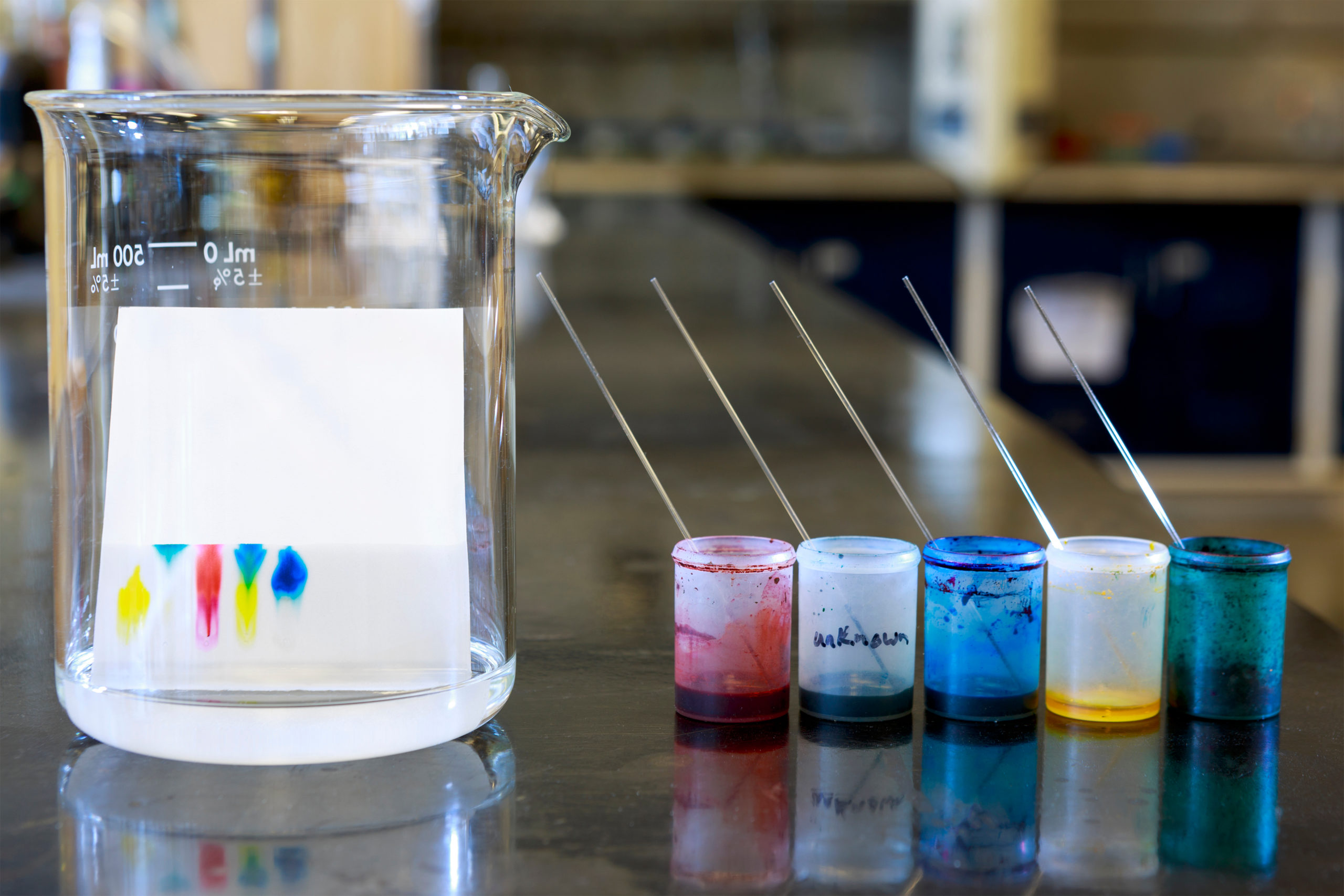Many people are plagued by varicose veins, which can cause discomfort and cosmetic concerns. When seeking treatment, one may wonder, “What is a vein center, and how much does it cost to get your veins stripped?” This comprehensive guide will provide answers to these questions, shedding light on varicose veins, the services offered by vein centers, and the associated costs.
Understanding Varicose Veins
Varicose veins are swollen, twisted veins that commonly appear in the legs. They are usually a result of weakened vein walls and valves, leading to poor blood circulation. When blood pools in the veins, they become enlarged and painful, causing a variety of symptoms such as:
- Pain and Discomfort Varicose veins can cause aching, throbbing, or burning sensations in the legs. These symptoms often worsen after prolonged periods of standing or sitting.
- Visible, Bulging Veins The most noticeable sign of varicose veins is the appearance of dark blue or purple veins that bulge above the skin’s surface. These veins are often unsightly and can affect self-esteem.
- Swelling and Heaviness Swelling and a feeling of heaviness in the legs are common symptoms of varicose veins. This can make daily activities and mobility uncomfortable.
- Skin Changes In advanced cases, varicose veins can lead to skin changes like inflammation, redness, and the development of ulcers. These symptoms require immediate medical attention.
What Is A Vein Center?
A vein center is a specialized medical facility that focuses on diagnosing and treating vein-related disorders, including varicose veins. These centers offer a wide range of services aimed at improving the overall health and appearance of patients’ veins.
- Diagnostic Services Vein centers employ state-of-the-art diagnostic tools, such as ultrasound, to evaluate the extent and severity of vein issues. By using these technologies, healthcare professionals can determine the best treatment approach for each patient.
- Treatment Options Vein centers offer a variety of treatments for varicose veins. Some of the most common options include:
Sclerotherapy: This involves injecting a special solution into the veins, which causes them to collapse and fade over time.
Endovenous Laser Ablation (EVLA): EVLA uses laser energy to close off affected veins, redirecting blood flow to healthier ones.
Radiofrequency Ablation (RFA): RFA uses radiofrequency energy to seal off damaged veins, improving blood circulation.
Venaseal: Venaseal is a newer procedure that involves sealing the problematic vein with a medical adhesive.
.Ambulatory Phlebectomy: This surgical procedure involves removing larger varicose veins through tiny incisions.
Expert Medical Staff Vein centers employ highly skilled and experienced medical professionals, including vascular surgeons, interventional radiologists, and vascular medicine specialists. These experts have the knowledge and expertise needed to provide the best care and results.
How Much Does It Cost To Get Your Veins Stripped?
The cost of varicose vein treatment varies depending on several factors, including the type of procedure, the geographical location of the vein center, and the extent of the problem. It is essential to understand that the cost may also be influenced by your insurance coverage. Here are some cost-related aspects to consider:
- Type of Procedure As mentioned earlier, there are various treatment options available for varicose veins. Each procedure comes with a different price tag. Sclerotherapy, for instance, is generally less expensive than EVLA or RFA. Your vein center will help you decide which treatment is most suitable for your condition and budget.
- Geographical Location The location of the vein center can significantly impact the cost of treatment. In metropolitan areas and regions with a high cost of living, medical services are often more expensive. Conversely, in rural areas, you may find more affordable options. It’s important to research vein centers in your area and compare prices.
- Extent of the Problem The severity of your varicose veins will also play a role in determining the cost of treatment. More extensive or complex cases may require more sessions or specialized procedures, resulting in higher costs.
- Insurance Coverage Check with your health insurance provider to see if varicose vein treatment is covered under your plan. In some cases, insurance may cover medically necessary treatments, especially if the condition is causing significant discomfort or health issues. Be sure to understand the terms of your insurance policy and any out-of-pocket expenses you may incur.
Additional Costs And Considerations
When budgeting for varicose vein treatment, it’s essential to consider some additional costs and factors that may impact your financial planning:
- Consultation Fees Many vein centers charge a consultation fee for the initial assessment. This fee is usually separate from the actual treatment cost.
- Compression Stockings After varicose vein treatment, patients may be required to wear compression stockings. These stockings promote healing and reduce the risk of complications. The cost of compression stockings can add to your overall expenses.
- Follow-Up Appointments Varicose vein treatment often requires multiple sessions or follow-up appointments to monitor progress. Each visit may incur additional costs.
- Recovery Time Consider any potential time off work or daily activities during your recovery period. Lost income due to recovery should be factored into your overall cost assessment.
Cost Savings Tips
To help manage the cost of varicose vein treatment, consider the following cost-saving tips:
- Insurance Verification Contact your insurance provider to verify coverage and understand the specific terms and conditions related to varicose vein treatment.
- Comparison Shopping Research multiple vein centers in your area and compare their pricing. Don’t hesitate to ask for quotes and inquire about any special offers or payment plans.
- Flexible Spending Accounts (FSAs) or Health Savings Accounts (HSAs) If you have an FSA or HSA, you can use pre-tax dollars to cover eligible medical expenses, including varicose vein treatment.
- Financing Options Some vein centers offer financing options or payment plans to help you manage the cost over time. Explore these options if available.
- Preventative Measures While not a cost-saving measure in the short term, maintaining a healthy lifestyle and taking preventative measures can help reduce the risk of developing varicose veins in the future. This includes regular exercise, elevating your legs, and avoiding prolonged periods of standing or sitting.
Conclusion
In conclusion, varicose veins are a common medical condition that can cause pain and aesthetic concerns. Vein centers are specialized facilities that provide a range of treatments to address varicose veins, with costs varying based on several factors. It is crucial to consider the type of procedure, your geographical location, the extent of the problem, and insurance coverage when estimating the cost. Additionally, you should account for consultation fees, compression stockings, follow-up appointments, and potential time off work during recovery. By following cost-saving tips and seeking advice from a reputable vein center, you can make informed decisions regarding your varicose vein treatment and ultimately achieve healthier and more attractive legs.





